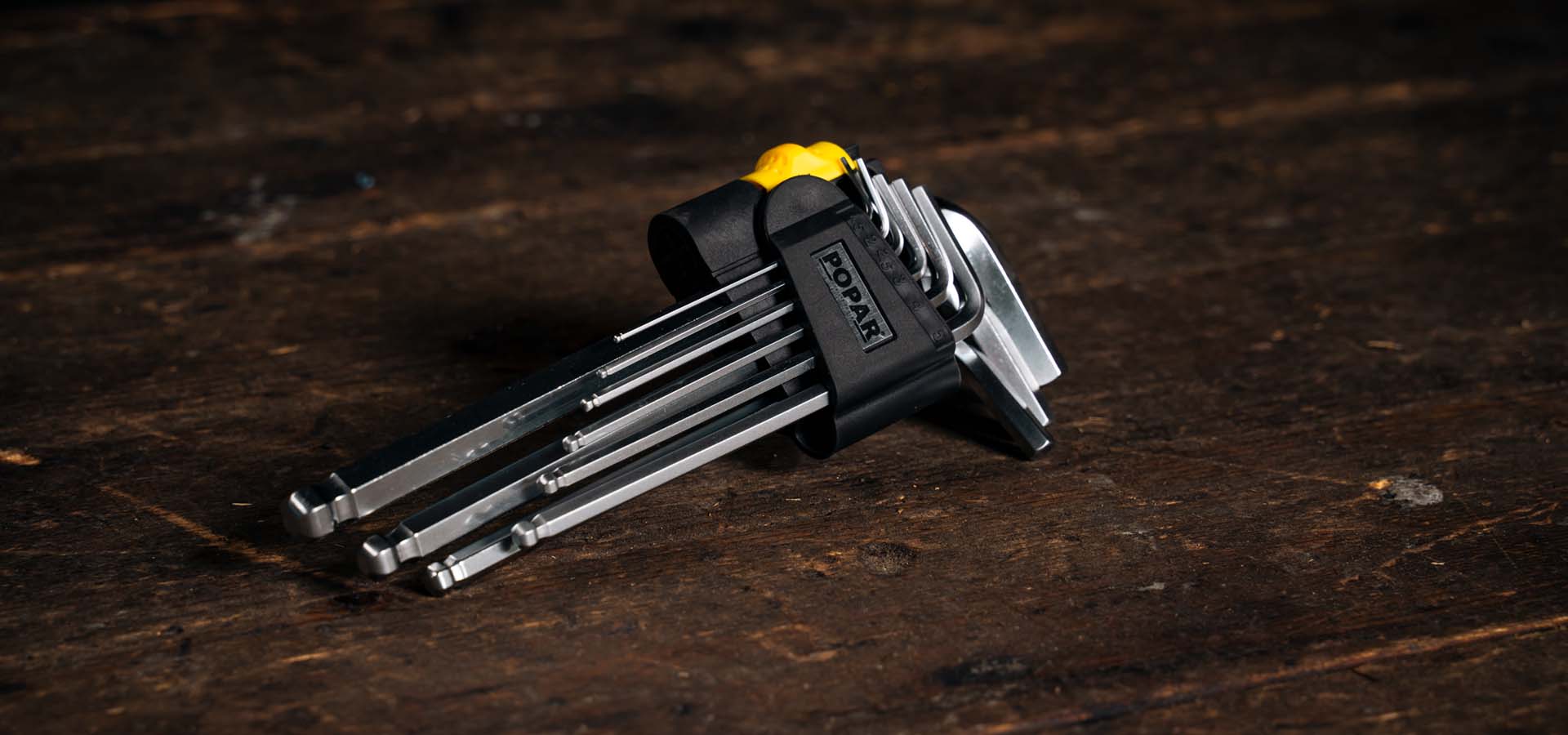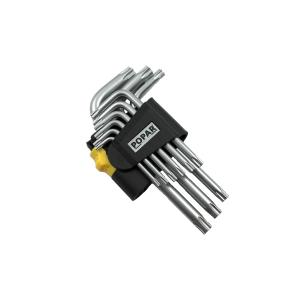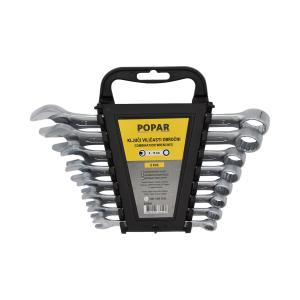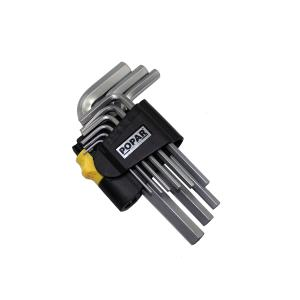Glossary of terms for hand tools from region to region - Part 3

This is the third part of our blog series Hand Tool Glossary – Different Terms. In this installment we focus on wrenches (keys) — one of the most basic yet terminologically diverse groups of tools.
Socket wrench
In technical and craft usage internationally, what we call a socket wrench is a hand tool designed to transmit torque to a nut or bolt via removable sockets. In common Slovenian terminology the terms natični ključ or nasadni ključ are used; they refer to the same tool, but nasadni ključ is more frequent in formal catalogs and standards. The words derive from the Slovenian verbs natakniti (“to slip on”) and nasaditi (“to mount on”).
In many European countries the brand name Gedore became so dominant that gedore is used generically for socket-wrench sets, regardless of actual manufacturer. The company, founded in 1919 in Remscheid (Germany), became a leading European producer of such tools in the mid-20th century. Because of this market dominance, in Slovenian workshop talk many still say “vzemi gedoro” (“take the gedore”), even if the set is another brand.
In English usage one would say “socket wrench set” or “socket set”; in German “Steckschlüsselsatz” or “Ratschen- und Steckschlüssel-Satz”. The Slovenian terms reflect the same object but use locally rooted verbs and suffixes, which may cause confusion when comparing catalogs or tool sets internationally.
Box-end wrench or ring spanner
Internationally, the tool known as a box-end wrench (US/UK), ring spanner (UK), or Ringschlüssel (German) refers to a wrench with a closed loop (ring) at the working end, which fully encircles the nut, providing higher contact surface and better torque transfer.
In Slovenian usage you’ll often encounter očesni ključ (“eye-wrench”) or obročni ključ (“ring wrench”). The term očesni comes from the “eye” (obroč) shape of the head. Combined wrenches (one end open, one end ring) are called kombinirani ključ or obročno-viličasti ključ in Slovenian; in German you’ll see “Ring-Maulschlüssel”.
Historically, these wrenches gained wide use after the development of standardized nuts and bolts in the late 19th century, when precision manufacturing enabled tight head-to-wrench fit. Today they are ubiquitous in tool sets, including versions with slight angle heads to reach tight spots.
Hex key or Allen key or Inbus
The hex key (also known as Allen key or Allen key) is internationally known by these names. It is an L-shaped tool designed to drive bolts with an internal six-sided socket. The name “Allen” originates from the Allen Manufacturing Company (USA, circa 1910) which produced such screws and keys; it then became genericised.
In German the tool is often called Inbus (an acronym from Innensechskantschraube Bauer und Schaurte), and in Slovenian many people say inbus ključ or sometimes imbus ključ (which arose from a local mis-pronunciation). In French you’ll encounter clé Allen or clé hexagonale.
Thus, while the international term is hex key / Allen key, in Slovenia it is more likely “inbus ključ”. This typical local variant shows how tool terminology adapts in different languages.
Torx key or star-bit key
The Torx key (star-bit key) is another evolution of the hex drive. It features a six-pointed star shape (rather than a hexagon), which offers better torque transfer and reduced cam-out (slipping). The Torx profile is standardized under ISO 10664, defining precise dimensions and tolerances.
In English you’ll say “Torx key” or “Torx wrench”, in German the same “Torx”, in French empreinte étoilée (“star slot”). In Slovenia it is commonly called zvezdasti ključ. Although Torx began as a trademark, it is now used generically for that profile.
In industries such as automotive and electronics, this type of key is indispensable because of its consistent torque results and minimal damage to fastener heads.
Tool terminology is more than just semantics. Behind many everyday terms (like inbus, gedore, Torx) lies a history of industrial innovation and brand influence. Understanding these terms is not only helpful for accurate communication, but also critical for documentation, tooling standardization, and tool-specification in international contexts.
When you consult a catalog, specification sheet or parts list from another country, a mismatch in terminology can lead to choosing the wrong tool, ordering errors, or even safety risks. Being aware that in Slovenia people might say gedore meaning “socket set” or inbus ključ instead of “hex key” helps bridge the communication gap.
Click on the images below to review the quality POPAR hand tool sets:
 |  |  |
Torx keys | Box-end wrenches | Inbus (hex) keys |